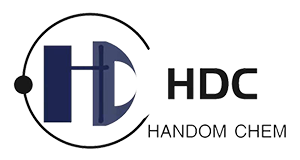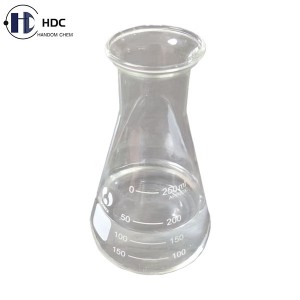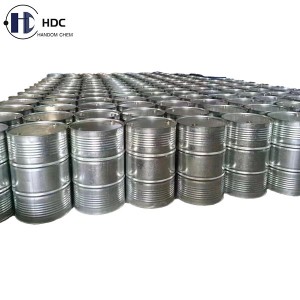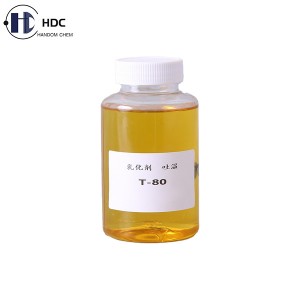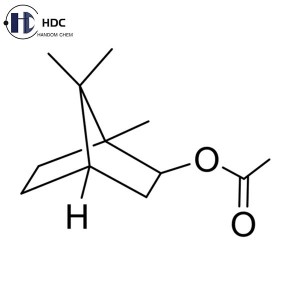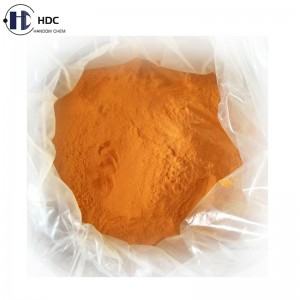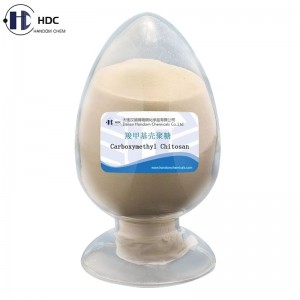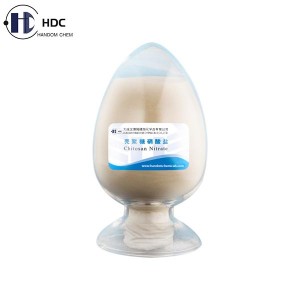Dimethyl Carbonate
Brief Introduction:
Dimethyl carbonate is an organic compound with a chemical formula of C3H6O3. It is a chemical raw material with low toxicity, excellent environmental protection performance and wide application. It is an important intermediate in organic synthesis. The molecular structure contains functional groups such as carbonyl, methyl and methoxy, and has a variety of reactive properties. It has the characteristics of safety, convenience, less pollution, and easy transportation in production.
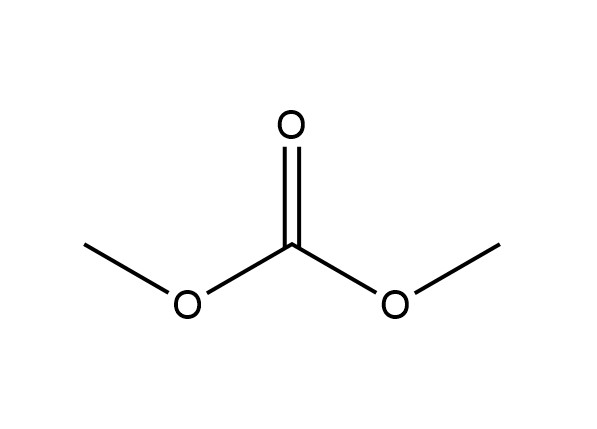
Specifications of our Dimethyl Carbonate(DMC):
| Test Items | Specifications |
| Appearance | Colorless transparent liquid, no visible impurities |
| Methanol | Not more than 0.0300% |
| Content | Not less than 99.90% |
| Moisture | Not more than 0.0200% |
| Chroma(Pt-Co) | Not more than 5 |
| Density(25℃) | 1.071±0.005 g/cm3 |
Applications of our Dimethyl Carbonate(DMC):
1. Instead of Phosgene As Carbonylating Agent:
Although phosgene has high reactivity, its highly toxic and highly corrosive by-products make it face huge environmental pressure, so it will be gradually eliminated; and DMC has a similar nucleophilic reaction center, when the carbonyl of DMC is attacked by nucleophiles, the acyl-oxygen bond is broken to form a carbonyl compound, and the by-product is methanol, so DMC can replace phosgene as a safe reaction reagent to synthesize carbonic acid derivatives, such as carbamate pesticides, Polycarbonate, isocyanate, etc. Among them, polycarbonate will be the field with the largest demand for DMC.
2. Instead of Dimethyl Sulfate As Methylating Agent:
Due to similar reasons to phosgene, dimethyl sulfate is also facing pressure to be eliminated, and when the methyl carbon of DMC is attacked by nucleophiles, its alkyl-oxygen bond is broken, and methylated products are also generated, and the use of DMC is higher than the reaction yield of dimethyl sulfate, and the process is simpler. The main uses include the synthesis of organic intermediates, pharmaceutical products, pesticide products, etc.
3. Low Toxicity Solvent:
DMC has excellent solubility, narrow range of melting and boiling points, high surface tension, low viscosity, small dielectric constant, high evaporation temperature and fast evaporation speed, so it can be used as a low-toxic solvent for coatings Industrial and pharmaceutical sectors. It can be seen that DMC not only has low toxicity, but also has the characteristics of high flash point, low vapor pressure and high lower explosion limit in air, so it is a green solvent integrating cleanliness and safety.
Packaging:
200kg galvanized iron drum or according to the specific requirements from customers.

Storage & Transportation:
Reserve Notes:
It is flammable. Its vapor can be mixed with air to form an explosive mixture. Store in a cool, dry and well-ventilated non-combustible warehouse. Keep away from fire and heat sources. Storage temperature should not exceed 37°C. Keep container tightly closed. It should be stored separately from oxidants, reducing agents, acids, etc., and should not be mixed. Explosion-proof lighting and ventilation facilities are adopted. Prohibit the use of mechanical equipment and tools that are prone to sparks. The storage area should be equipped with leakage emergency treatment equipment and suitable containment materials stored in a cool, dry, well-ventilated non-combustible warehouse.
Shipping Notes:
When transporting, the transport vehicle should be equipped with corresponding types and quantities of fire-fighting equipment and leakage emergency treatment equipment. It is best to transport in the morning and evening in summer. The tank (tank) truck used for transportation should have a grounding chain, and a hole partition can be set in the tank to reduce static electricity generated by vibration. It is strictly forbidden to mix and transport with oxidizing agents, reducing agents, acids, food chemicals, etc. During transportation, it should be protected from sun exposure, rain and high temperature. Stay away from fire, heat sources, and high-temperature areas during stopovers. The exhaust pipe of the vehicle carrying this item must be equipped with a fire arresting device.
Shelf Life:
12 months if stored under above conditions.
